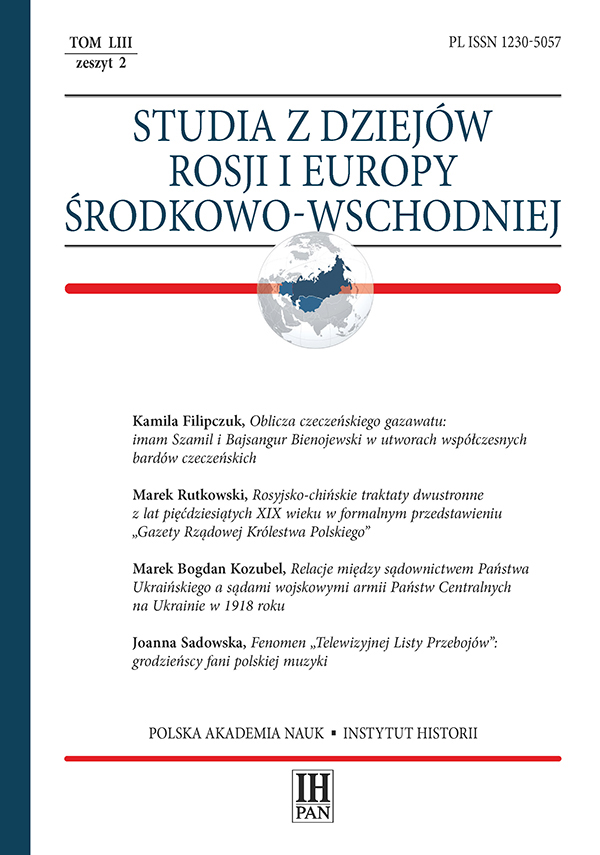Między podziałami a wspólnotą: symbole narodowe Czarnogóry
Between division and unity: National symbols of Montenegro
Author(s): Karina MelnytskaSubject(s): History, Political history, Recent History (1900 till today), Present Times (2010 - today)
Published by: Instytut Historii im. Tadeusza Manteuffla Polskiej Akademii Nauk
Keywords: national symbols; flag; coats of arms; anthem; Montenegro; Montenegrin identity
Summary/Abstract: At the time of Yugoslavia’s breakup, Montenegro, its smallest republic, instead of independence chose to remain in a common state organism with Serbia, forming the so-called Third Yugoslavia. Only in the late 1990s, against the backdrop of adverse geopolitical and economic situation of the Federal Republic of Yugoslavia and growing discord in Serbo-Montenegrin relations, the aspirations for independence began to be more clearly articulated in Montenegro. This process was accompanied by endless identity disputes, i.a., on the issue of a separate Montenegrin language, non-canonical Montenegrin Orthodox Church and, generally speaking, on the issue of existence of a Montenegrin national identity distinct from the Serbian. In 2004, i.e. in the period of the State Union of Serbia and Montenegro (2003–2006), a bill on Montenegrin state symbols was passed. The introduction of new flag, coats of arms and anthem two years before the independence referendum meant a complete abandonment of the symbols associated with the broadly defined community of Serbs and Montenegrins and the Yugoslav tradition, as well as a return to the heraldry of the independent Montenegro recognised at the Congress of Berlin in 1878. The controversy about the introduced symbols became part of a broader debate on independence and identity within the divided Montenegrin society. In the new socio-political reality after 2006, the argument about the officially adopted symbols of the already independent Montenegro has remained a distinct element of the Montenegrin identity discourse. The case of Montenegro shows how contradictory the role of national symbols can be when a society is polarised. Disputes over them become a kind of litmus test revealing the existing political and identity divisions. In the everlasting negotiation of identity, even the tiniest aspects of state symbols grow to fundamental importance
Journal: Studia z Dziejów Rosji i Europy Środkowo-Wschodniej
- Issue Year: 53/2018
- Issue No: 2
- Page Range: 95-110
- Page Count: 16
- Language: Polish

